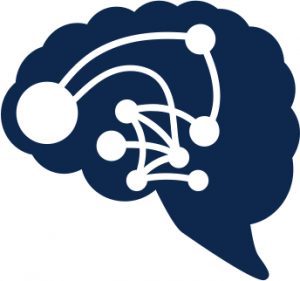The Internet has never been so dynamic in more than 40 years of existence. The massive adoption of cloud has paved the way for scores of SaaS applications being hosted “on the Internet.” At the same time, organizations are making hybrid work a part of their strategy moving forward. As a result, employees working from home expect the same level of security and application experience as they have at the enterprise campus. In turn, IT organizations are routing much more of their corporate data across the Internet extending into multiple clouds. And of course, connectivity continues to evolve with traditional link types but also with the rollout of 5G and other new Satellite links.
In such a highly distributed and dynamic environment it becomes extremely hard to keep up by using only traditional and reactive approaches. But just as the complexity of our networking environments is increasing, so also, we can take advantage of recent innovations in cloud, compute, and data aggregation capabilities to improve the Internet.
Reactive measures don’t go far enough
For its entire existence, as a networking industry we’ve pretty much applied the same reactive approach each time an Internet failure occurs. By reactive I mean that we wait until the Internet breaks (path failure) and then reroute traffic along an alternate path (using IGP, MPLS/IP Fast Reroute, etc.). This approach of protection and restoration relies heavily on fast detection of failure followed by rerouting traffic. While a reactive approach is effective and necessary, it’s far less than ideal. The problem is that our processes never learn from any of the previous failures. So, in effect, the same issues could repeat themselves over and over, requiring the same fixes. But consider the possibilities when we tap the power of AI/machine learning and statistical modeling and apply predictive analytics to the Internet to avoid incidents before they occur.

Enabling the Internet with learning capabilities
Surprisingly, we have never enabled the Internet with learning capabilities! A plethora of technologies have been designed and deployed, capable of fast reaction, adapting to changing conditions but without any learning capability (except for quick adaptations after detecting issues such as with TCP windowing, routing convergence, and route dampening to mention a few).
So, what would a learning Internet look like?
How many times have you heard people comparing the brain to a computer? And that AI engineers are trying to mimic the human brain? There is too much to cover in a blog but let me share some thoughts. First, the brain is a network of networks and in this way, the Internet shares similarities with it. [Sidenote: stay tuned for a white paper on that subject I will publish with a famous neuroscientist in 2022—Adeel Razi.] Of course, we know that part of what makes us human is cognition and consciousness along with our ability to learn.
Second, we learn as our brain builds a model of the world (there are multiple theories on the learning models, with even some poorly understood capabilities of one-shot learning), makes use of sensing (vision, audition, touch, etc.) to adapt and learn, but also perform higher order planning functions in the prefrontal cortex (PFC). What if we enabled the Internet with learning “the same way” our brains learn? The Internet can use models (statistical /machine learning), sensing (telemetry), and self-healing (planning). By enabling the Internet with the ability to learn and predict, we can take preventative actions alongside traditional reactive measures for a more comprehensive approach.
What a predictive Internet would look like
Science fiction? Not at all. Although being able to replicate the brain’s ability to predict is far from being possible with today’s AI technologies, enabling the Internet with the ability to learn is already here.
At Cisco we have been working on the Predictive Internet for over two years, starting with a deep analysis of millions of paths seeking for signals that could be used by an ML/AI engine to learn and predict. And no, there is no magic “algorithm” but rather a plethora of technologies for telemetry processing and training models to then learn and predict. Our Predictive engine is now capable of predicting short- and long-term events thus avoiding issues before they happen. There is no magic there, simply being able to learn and apply more than a decade of ML/AI product developments that perform with very high accuracy, at scale.
Could a Predictive engine predict all issues? Not at all …. but the engine has been tuned to predict as many events as possible with extremely high accuracy. More soon …
Source: cisco.com







0 comments:
Post a Comment